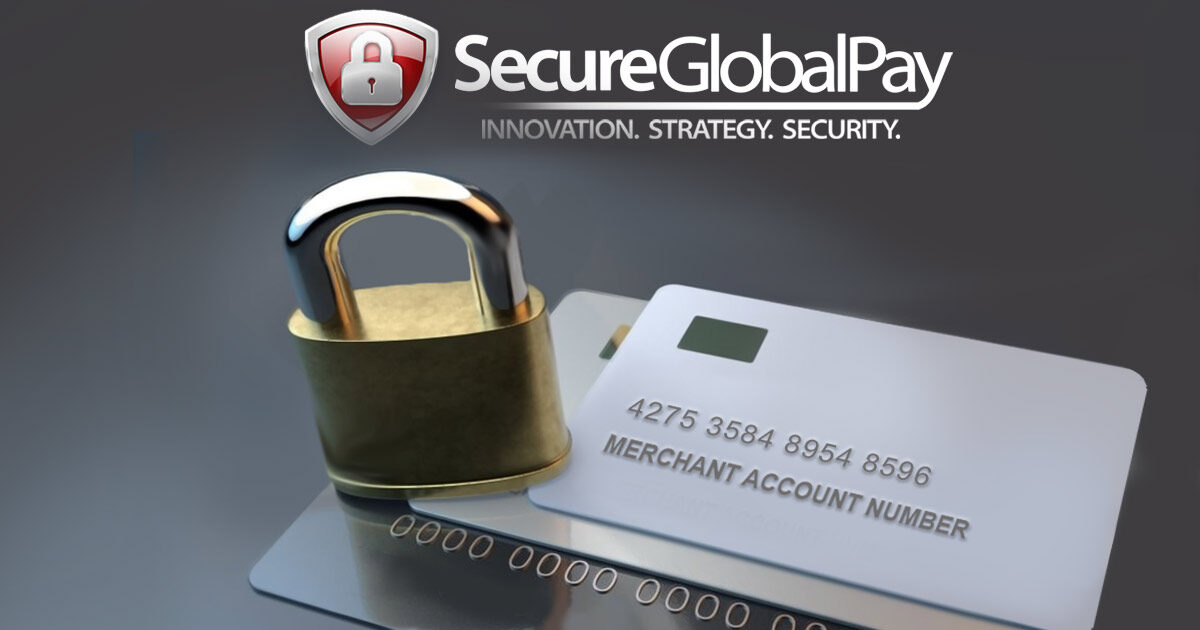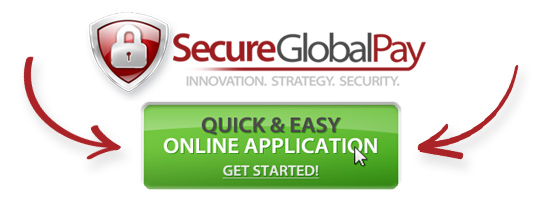
What is a Merchant ID used for in Card Payment Processing?
Processing credit and debit card payments is a must-have for any business looking for sustainability and profitability. But to do this, merchants need to find a way of making sure transactions are secure, conveniently processed, and their funds are deposited as soon as possible. SecureGlobalPay offers state-of-the-art payment solutions, next day funding and same day approvals for a merchant ID (merchant identification number) on most lower risk business types processing under 25K per month is sales.
A lot of variables go into ensuring transactions are safe and that funds end up in their rightful destinations. One way to make this happen is by using a trusted payment service provider or credit card processor who understands your business model.
What is a merchant ID?
A merchant identification number (MID) is what the acquiring network uses to identify a merchant when processing a transaction. These numbers are crucial for any business looking to accept credit cards and process card transactions in general.
Each merchant needs a unique and specific merchant account number or merchant ID, aka (MID) for the timely and safe processing of sensitive information.

Why This Number is Extremely Important
A merchant identification number is a special set of numbers given to merchants by their acquiring bank, payment processor or (PSP) payment service provider.
An MID is a mandatory requirement that helps card processing networks channel transactions through the correct routes, ensuring that funds reach their proper destinations.
In other words, this number code identifies a merchant’s business when a cardholder makes a credit or debit card purchase.
This merchant ID (MID) is the reason why a transaction moves from a cardholder’s bank to a merchant’s bank account. Without this merchant identification number, the card-issuing bank has no idea where to send the money.
Apart from routing funds, a merchant identification number is used to identify a merchant in the case of adjustments, chargebacks, fees etc.
For every single debit or credit card payment, an acquiring bank sends the MID along with a cardholder’s data to the card network and issuing bank.
When the payment solutions provider is given the green light by the issuing bank, the funds are moved from the cardholder’s bank account to a merchant’s account.
Where to Find a Merchant Number?
MIDs are often comprised of 15 to 16 digit numbers and can be found in the following ways:
- Merchant Statement: Go to the top right of your merchant statement. If the 15 to 16 digit long code is not there, get a hold of your merchant processor.
- Payment Terminal: Processors put merchant IDs on terminals. Check the bottom and sides for an indication.
- Google Pay: Check the settings of your public merchant profile.
- PayPal: Access your account and check under “My Business Info.” for the merchant ID number.
- Square: Square does not provide merchants with unique IDs.
Small businesses or starter business platforms that provide payment solutions like Square, Google Pay and PayPal may be seen as convenient payment processors, but they often end up being more costly in the long run because of their high transaction fees for merchants processing larger volumes of sales.
Merchant identification numbers are private and should never be released publicly. If fraudsters gain access to this code, they can easily try to impersonate you and divert all your payments.
In 2010, a group of fraudsters did exactly this when they stole merchant IDs and created over 100 new merchant accounts. Under this scheme, they raked in over $10 million with micro charges made from a million credit and debit cards.
It was an elaborate scheme that went on for years, bypassing fraud detection algorithms because the scammers only made one fraudulent charge per card—ranging from 20 cents to $10.

How to Get a Merchant Account Number
Merchant IDs are issued by payment service providers to verified businesses with approved merchant accounts. To get this merchant identification number, an underwriter is usually required to see documentation as proof that the business has been legally registered, underwritten and approved.
This documentation is part of the Know Your Customer (KYC) and Due Diligence (DD) processes. This process requires detailed information related to taxation (taxpayer identification number), company structure as well as generally legally binding documents about the business and the principal business owners.
Once a merchant successfully scales through these processes, an agreement is signed and the acquiring bank generates the merchant ID or MID prior to providing any live payment solution.
To create a merchant ID (MID) that will be effective when routing payments, an acquirer needs to ask questions like what is the projected transaction volume, the preferred currency, whether the merchant will handle recurring payments or one-time transactions, etc.
Why Multiple Merchant Identification Numbers?
Is it possible for a merchant to have more than one merchant ID number?” The simple answer to this is yes, it is possible to have multiple merchant ID’s linked to different bank accounts.
But a single MID for a merchant account is what many smaller businesses find comfortable. To make this point, the difference between a merchant ID number (MID) and terminal identification number (TID) needs to be explained.
A terminal identification number is used to identify the different payment terminals a merchant uses. In other words, a merchant uses a unique terminal identification number (TID) for each card terminal, but they can all be categorized under a single (MID) or merchant ID.
In the same vein, multiple merchant accounts with more than one terminal identification number can be grouped under the same payment gateway. This is generally used for transaction routing, load balancing and proper chargeback management.
The main reason for this is to provide redundancy and room for scalability for the payment solution provided. Businesses with several high-risk sales channels want different MIDs to separate and track their diverse revenue streams. Processing payments with multiple merchant account numbers allows these higher risk merchants to work with multiple payment providers at once. In the event of a processing freeze on one specific merchant id, the merchant will be able to continue processing payments without any interruptions to their overall service.
Multiple merchant identification numbers help merchants identify issues within their chain of operations, particularly issues that could lead to excessive chargebacks. With alternating teams and varying sets of employees responsible for different arms of a business, separate merchant IDs offer a smart way to gage performance and whittle down confusion between different brands and departments.

Threats to a Merchant Account Number
As mentioned earlier, fraud is a big problem. If a merchant identification number ends up in the wrong hands, it can be used to steal your business identity and eventually, your money.
It is important for merchants to protect their MIDs at all costs. As soon as you suspect it has been compromised, make sure to let the acquirer know immediately.
Excessive chargebacks can also put your merchant ID at risk. Chargebacks are a normal part of business, but if you exceed the thresholds imposed by your payment processor or bank, your account could be terminated.
A more severe penalty might entail being blacklisted or put on the terminated merchant file list, also known as TMF.
The best way to avoid losing your (MID) is to implement effective tactics that help curb chargebacks and fraud.
- Use detailed merchant descriptors
- Have a generous refund policy
- Offer top-tier customer service
- Process transactions with AVS and CVV
- Fight illicit chargebacks with convincing evidence
- Put anti-fraud tools in place like 3-D Secure and verified by Visa
SecureGlobalPay is trusted resource with over 25 years experience in providing payment solutions for both retail and high risk merchants. Inquire today on how we might be able to assist you with your payment processing needs.



